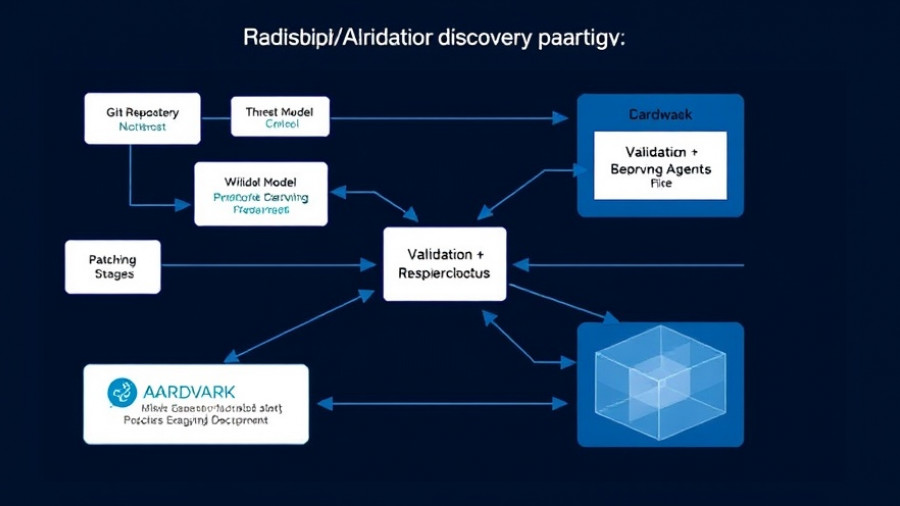
The Rise of Agentic AI: A Paradigm Shift in Technology
The emergence of Agentic AI signifies a revolutionary development in how technology interacts with various sectors, particularly in the realm of e-commerce and enterprise solutions. With the global market for Agentic AI predicted to reach approximately USD 196.6 billion by 2034, growing at a staggering CAGR of 43.8%, it's clear that industries are keen to seize this opportunity for innovation and efficiency.
Understanding Agentic AI: The Basics
Agentic AI refers to autonomous systems capable of performing complex tasks with minimal human oversight. This includes a variety of applications ranging from customer service automation to deep reasoning decisions in healthcare and finance. Unlike traditional AI, which primarily reacts to inputs, Agentic AI can learn, adapt, and make decisions based on the data it acquires.
Agentic Commerce: Transforming Retail
In a recent report, it was noted that agentic AI is reshaping retail dynamics as AI agents start to drive about 2-5% of online site traffic. This technology allows virtual assistants to carry out complex searches for customers, delivering personalized results with far greater speed than traditional methods. Retailers are finding that failing to adapt to these emerging technologies could result in significant losses, as customers increasingly gravitate towards businesses that utilize advanced AI capabilities.
Investment and Growth Trends
The interest in deploying Agentic AI systems is surging, particularly in sectors like banking, logistics, and healthcare. A report by MIT indicates that only 5% of generative AI projects see success, making the trajectory of AlphaSense’s rise to a $500 million annual revenue particularly noteworthy. This indicates that those companies leveraging Agentic AI efficiently could dominate the market landscape.
Challenges and Considerations
Despite its potential, the integration of Agentic AI into existing systems raises crucial challenges. Data privacy and cybersecurity concerns are paramount as organizations navigate the complexities of implementing these systems while complying with regulations like GDPR in Europe. Moreover, the necessity of achieving interoperability with legacy systems adds layers of complexity to deployment strategies.
Future Insights: Trends to Watch in 2026
As we look toward 2026, several key trends emerge in the Agentic AI sector. The push for collaborative systems wherein multiple AI agents work cohesively is set to redefine efficiency paradigms. The trend towards hyper-personalization powered by real-time data analysis will further enhance customer engagement, providing tailored experiences that meet individual needs.
Conclusion: Embracing Agentic AI
For tech enthusiasts and organizations alike, the rise of Agentic AI presents a blend of challenges and opportunities. Successful adoption will not only hinge on the technologies themselves but also on the ethical frameworks guiding their development and implementation. Organizations must embrace these advances to drive innovation and improve operational efficiencies.
 Add Row
Add Row  Add
Add 




Write A Comment